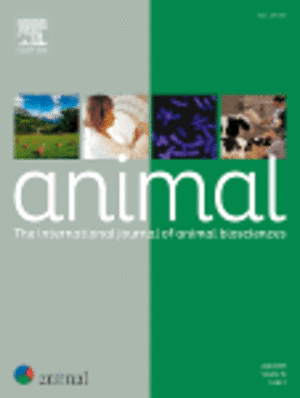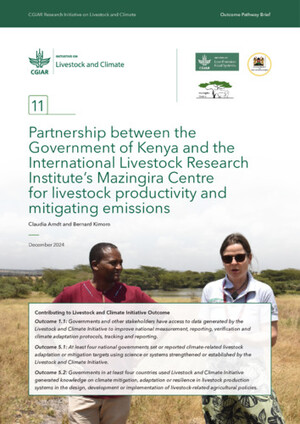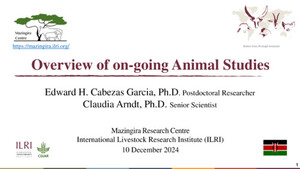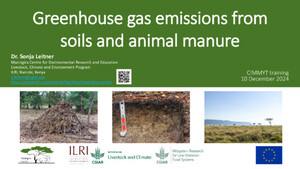
Isotopic Techniques to Measure N2O, N2 and Their Sources
Abstract
GHG emissions are usually the result of several simultaneous processes. Furthermore, some gases such as N2 are very difficult to quantify and require special techniques. Therefore, in this chapter, the focus is on stable isotope methods. Both natural abundance techniques and enrichment techniques are used. Especially in the last decade, a number of methodological advances have been made. Thus, this chapter provides an overview and description of a number of current state-of-the-art techniques, especially techniques using the stable isotope 15N. Basic principles and recent advances of the 15N gas flux method are presented to quantify N2 fluxes, but also the latest isotopologue and isotopomer methods to identify pathways for N2O production. The second part of the chapter is devoted to 15N tracing techniques, the theoretical background and recent methodological advances. A range of different methods is presented from analytical to numerical tools to identify and quantify pathway-specific N2O emissions. While this chapter is chiefly concerned with gaseous N emissions, a lot of the techniques can also be applied to other gases such as methane (CH4), as outlined in Sect. 5.3.
Citation
Zaman, M. et al. 2021. Isotopic Techniques to Measure N2O, N2 and Their Sources. In: Zaman, M., Heng, L., Müller, C. eds Measuring Emission of Agricultural Greenhouse Gases and Developing Mitigation Options using Nuclear and Related Techniques. Cham: Springer: 213-301










